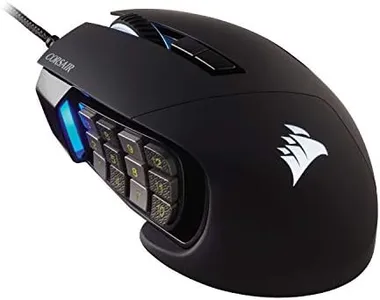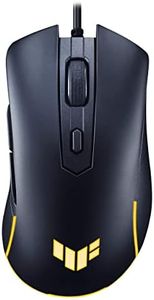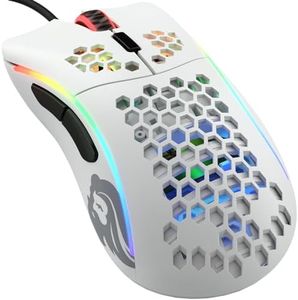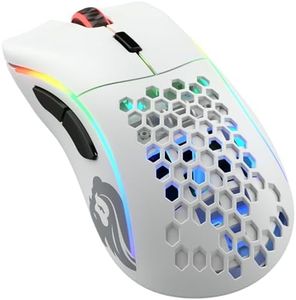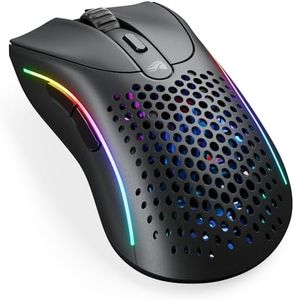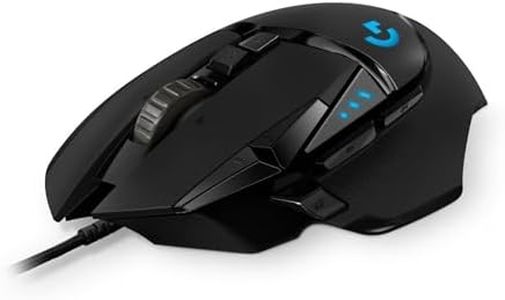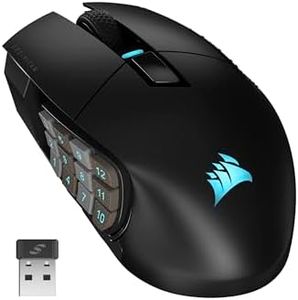We Use CookiesWe use cookies to enhance the security, performance,
functionality and for analytical and promotional activities. By continuing to browse this site you
are agreeing to our privacy policy
10 Best Gaming Mice
From leading brands and best sellers available on the web.Buying Guide for the Best Gaming Mice
Choosing the right gaming mouse can make a big difference in how comfortable and precise your gaming experience feels. The ideal mouse should fit your hand well, be responsive, and have features that match your gaming style. It's important to think about what types of games you play, how you hold your mouse, and which features matter most to you, such as extra buttons, customizable weights, or lighting. By understanding the key specifications, you can narrow down your options and pick a mouse that enhances your gaming performance and enjoyment.Sensor TypeThe sensor in a gaming mouse tracks movement and translates it to your cursor on the screen. There are two main types: optical and laser. Optical sensors use LED light and are generally known for better accuracy and consistency, while laser sensors use a laser beam and can work on more surfaces but might introduce slight inconsistencies in tracking. If you play games that need precise, fast movements (like first-person shooters), an optical sensor is often preferred. For those who need to use the mouse on various surfaces or need more versatility, a laser sensor could be useful. Decide based on the types of games you play and surfaces you use.
DPI (Dots Per Inch)DPI determines how sensitive the mouse is to movement — a higher DPI means the cursor moves further with less hand movement. Gaming mice usually offer adjustable DPI, ranging from as low as 400 up to 20,000 or more. Low DPI is good for precise aiming and slow, controlled movements, ideal for shooters. High DPI can allow for quicker, sweeping movements, which might suit fast-paced or multi-monitor setups. Consider which setting matches your comfort and play style; many gamers settle in the range of 800 to 3,200 DPI and use on-the-fly switches to adjust as needed.
Polling RatePolling rate is how often the mouse reports its position to the computer, measured in Hertz (Hz). Higher polling rates (like 500Hz or 1,000Hz) mean more frequent updates and smoother tracking, while lower polling rates can feel less responsive. Most gaming mice default to high polling rates, which is sufficient for most gamers. If responsiveness is crucial for your games, pick a mouse with a high polling rate option, but know that the difference becomes harder to notice past a certain point for casual gaming.
WeightThe weight of a mouse affects how quickly and effortlessly you can move it around. Lightweight mice (under 80 grams) are popular for fast-paced, precise games where quick reflexes matter, as they reduce fatigue and allow for swift flick movements. Heavier mice (over 100 grams) can provide a sense of stability and control, which some players prefer for strategy games or slower-paced genres. Some gaming mice offer adjustable weights, letting you customize the feel. Try to match the weight to your comfort and gaming style, and if possible, test different weights before deciding.
Shape and SizeThe shape and size of a gaming mouse determine how it fits in your hand and supports your grip. Mice come in various shapes—ambidextrous for both hands or ergonomically designed for right or left-handed use. Size affects comfort; larger hands may need a bigger mouse, while smaller hands may find compact options more comfortable. Also, your grip style (palm, claw, or fingertip) can influence which shape is best for you. Choose a mouse that feels natural in your hand and supports your playing style, as comfort is key for long gaming sessions.
Buttons and CustomizationGaming mice often come with extra buttons that you can program for specific actions, shortcuts, or macros—especially useful in games requiring multiple commands, like MMOs or MOBAs. Some mice have just a couple of side buttons, while others have many. Pick a mouse with enough customizable buttons for your needs but avoid too many if you won't use them, as excess buttons can get in the way. Also, look for easy-to-reach placement so you can press buttons without shifting your grip.
Wired vs WirelessYou can choose between wired and wireless gaming mice. Wired mice never run out of battery and can offer consistently low latency, ideal for competitive gaming. Wireless mice used to have higher latency, but modern ones rival wired performance, adding freedom of movement and a cleaner desk. If you move your mouse a lot or dislike cables, a wireless mouse is a strong choice, as long as you don't mind occasional charging. Pick based on your preference for clutter, freedom, and latency sensitivity.
Build Quality and DurabilityThe build quality of a gaming mouse determines how well it holds up to long-term use and intensive clicking. Quality materials like sturdy plastics, good switches, and robust cables all contribute to durability. If you play games for many hours or tend to use forceful clicks, look for indications of strong build quality and rated switch durability. Selecting a well-built mouse ensures it will last and maintain reliable performance over time.
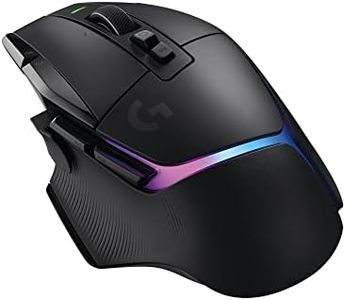
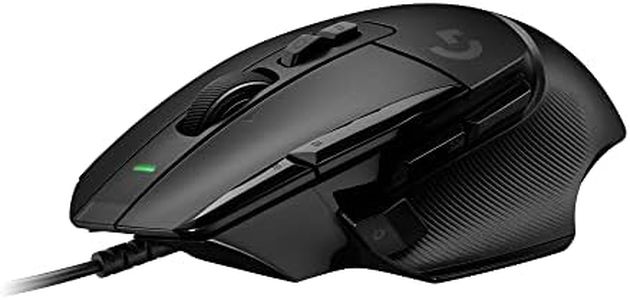
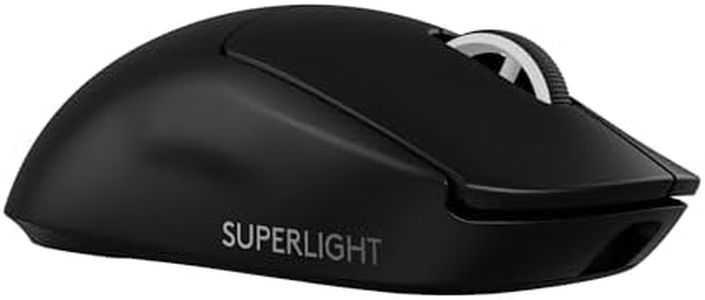

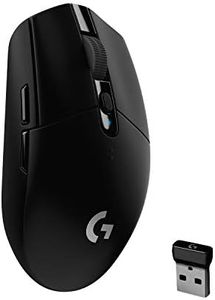
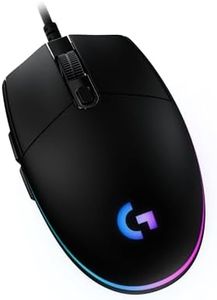
![Corsair M65 RGB ULTRA FPS Optical Gaming Mouse [CH-9309411-AP2]](https://images-proxy.bestreviews.guide/5a3EN26_wJKT1Om30TUoSsHxroo=/0x300/https://m.media-amazon.com/images/I/31EvskbKZcL._AC_CX679_.jpg)
